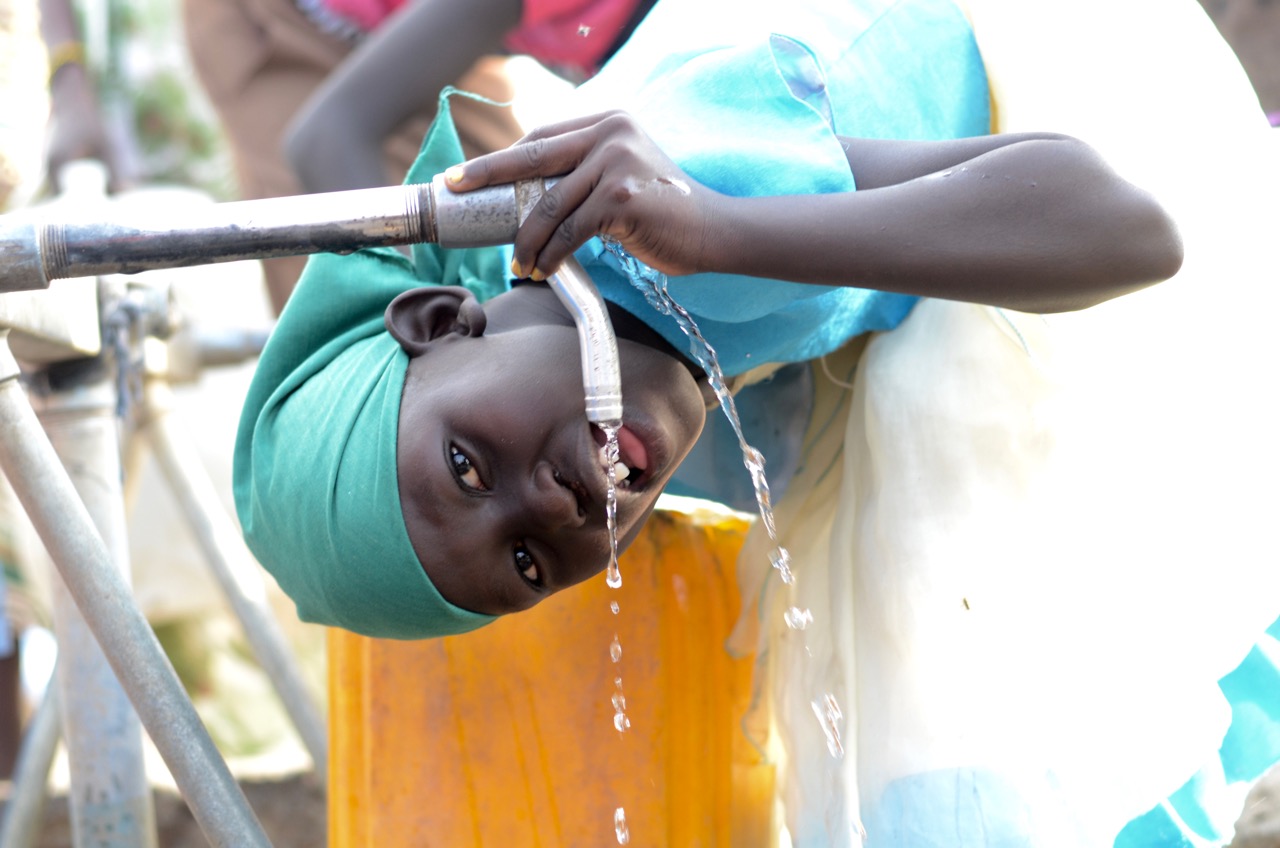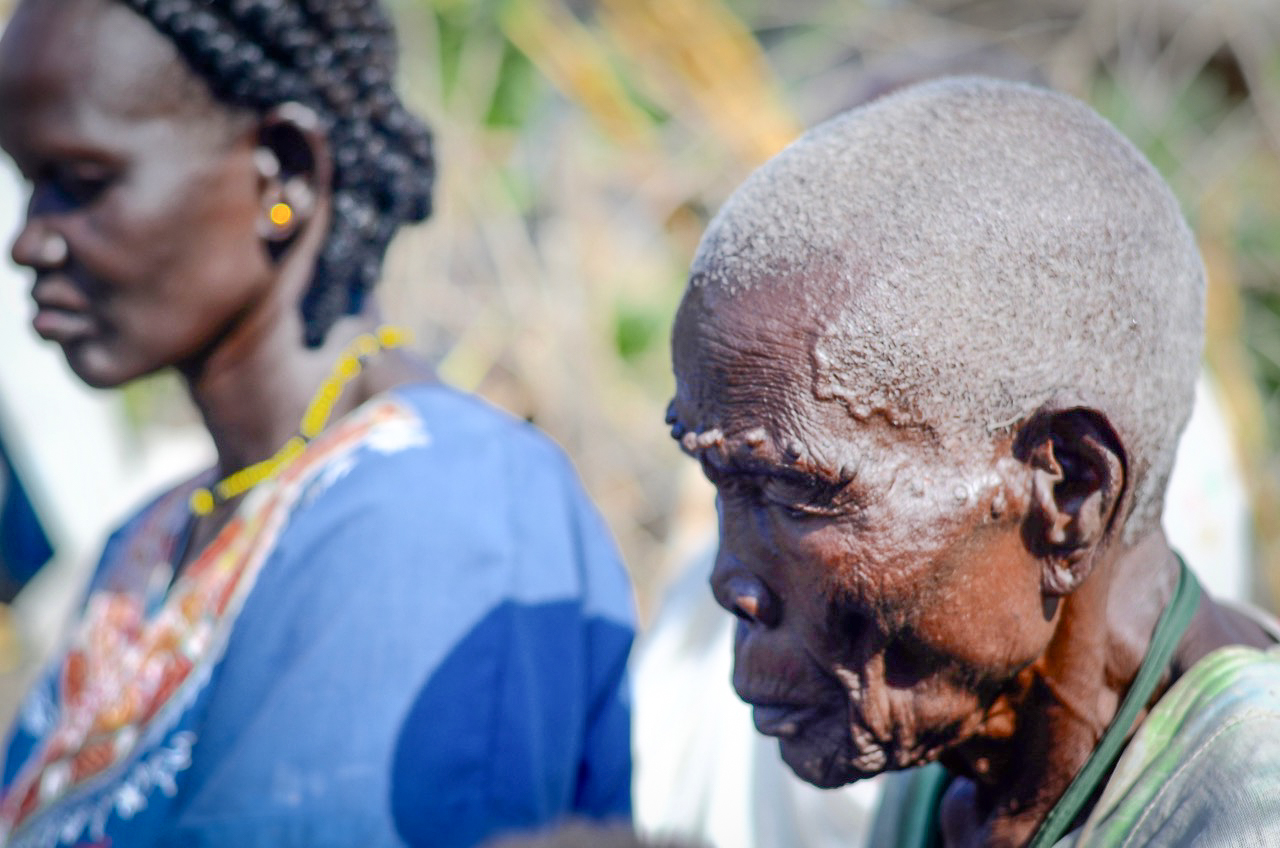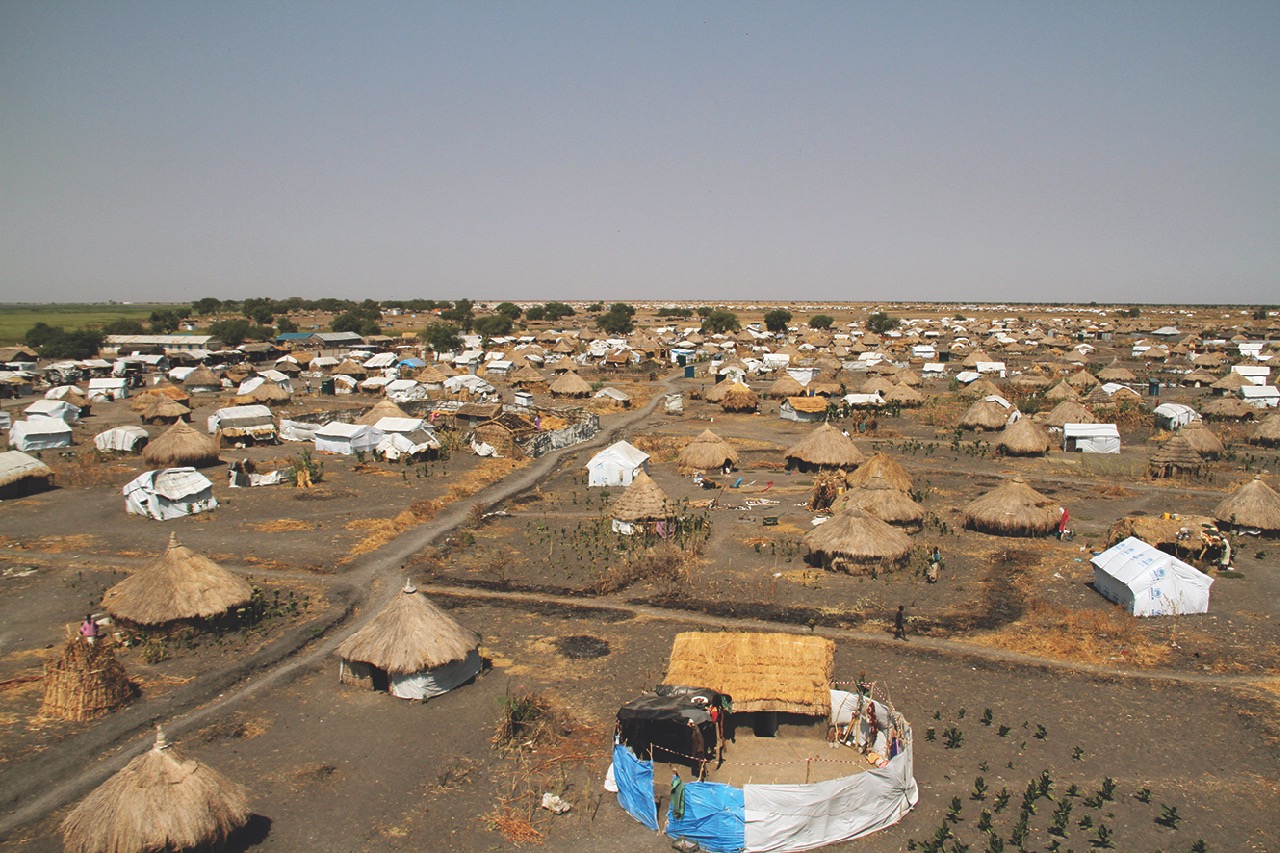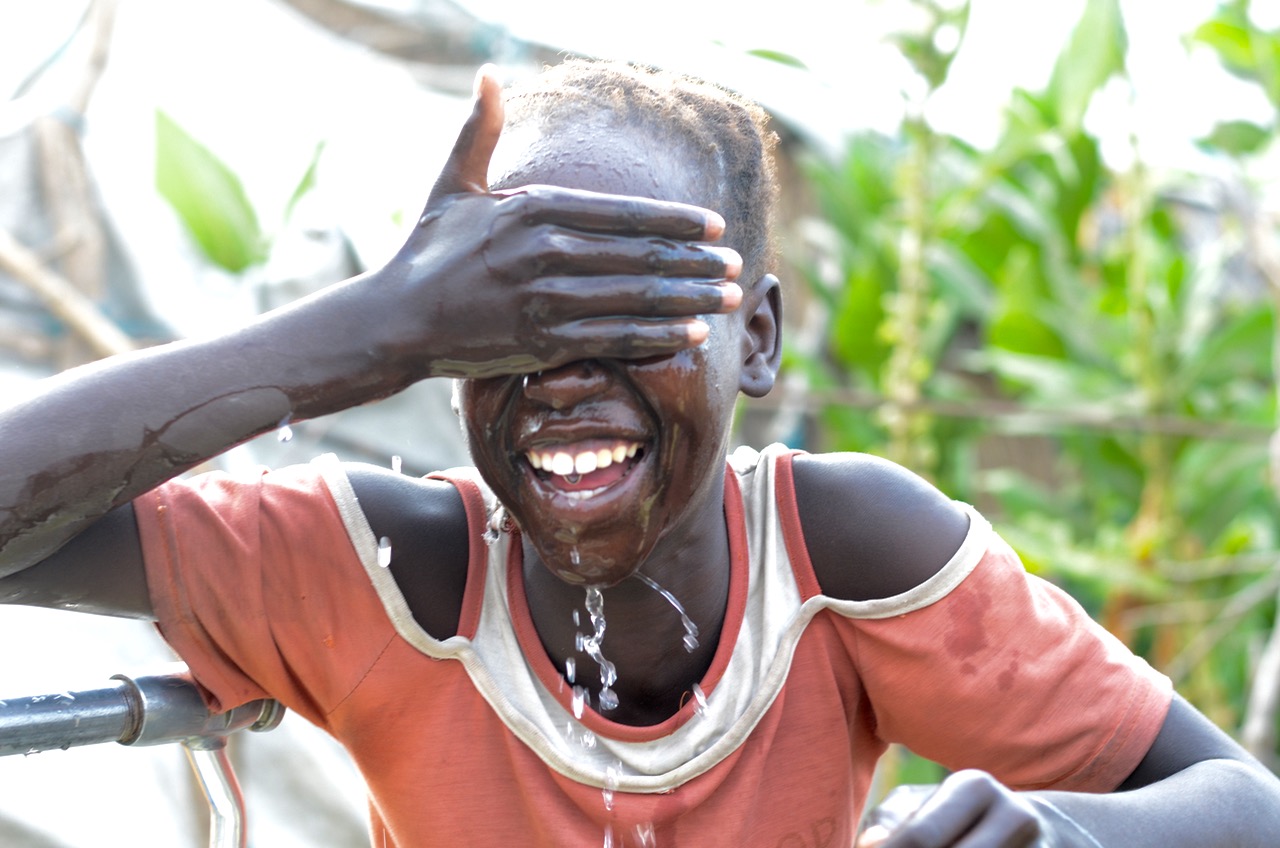Celebrating a brighter future for South Sudan's girls as water woes ease
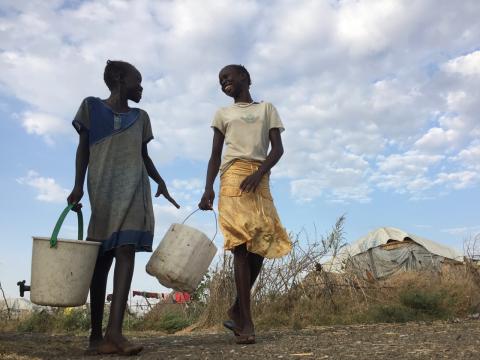
They are the first.
Fourteen-year-old Nyanbol and 13-year-old Acha have been freed. A task that has burdened generations of women in South Sudan will no longer plague them.
The daily chore of walking to the river – a four-hour task across hostile terrain – that forced girls to drop out of school and to miss the rest of their childhood has ended.
“The river water is bad, there are germs, we would get sick,” says 11-year-old Dene.
The fear that women felt of what lingered in the bushes along the way and of the hippos and crocodiles that might snap at them as they scooped the dirty water into buckets is over.
For the first times in their lives, more than 23,000 people who fled conflict in South Sudan’s Upper Nile state are receiving clean drinking water from community taps near their doorsteps.
A lifetime of water woes
Nyadhiang Athiei Deng can’t quite say how old she is but her gray hair, her bent back and memory of events from the distant past suggests she’s well in her 80s. She points to divots in the top of her head, “from the water” and explains for her entire adult life, she’s fetched water from the river in two 40kg containers and transported them by balancing them upon her head.
Her daughters seated nearby, in their 30s and 40s now, echo similar sentiments. In this community, fetching water is entirely a female responsibility.
“Now, we feel that our daughters will be able to go to school and continue studying in the future because they don’t have to go far to access water,” says Abeuk, a 30-year-old mother of five, and one of Nyadhiang’s daughter-in-laws.
“I’m not educated because of those responsibilities in the past. I can’t compare my children’s lives to mine, they will have a much better life.”
Fleeing their home
Three years ago, life fell apart for Nyadhiang, her daughters and grandchildren.
The home they knew, the one that they had lived in for generations, was attacked and houses burned to the ground – their village caught in the ongoing conflict within South Sudan.
The family walked for about a week to the fields that they’d heard about – a safe zone for people displaced by the conflict.
But not everyone arrived. Nyadhiang’s son was killed in the conflict. Another daughter-in-law died on the escape.
“She was thirsty, there was no water,” says Aben, one of Nyadhiang’s daughters who now lives in a hut nearby in the settlement.
A community for displaced people
Those safe fields were now a makeshift village – homes to 13,700 people escaping conflict initially.
In the early days of the village, insecurity was a constant threat.
“It was very difficult and hard when we came here. We were afraid. There was a lot of fear. We worried about what might attack us, we were scared of the hippos and the crocodiles in the river too,” says Aben.
Getting safe drinking water was also a challenge.
“When we came, we drank raw water right from the river. The children and elderly got diarrhea, people were often sick,” says 43-year-old Malech Thon, Nyadhiang’s daughter.
“If we didn’t get water from there though, people would have died from thirst,” Abeuk adds.
Responding to the need
For humanitarian agencies responding to the spike in arrivals, providing people with clean water became a priority.
An emergency water facility was set up through funding from the government of Canada, the UK’s Disaster Emergency Committee, New Zealand’s Ministry of Foreign Affairs and Trade and the United States’ Agency for International Development Office of US’s Foreign Disaster Assistance.
Huge inflatable rubber pools were unfolded, 20,000 litres of river water was pumped into them and the water was treated.
World Vision specialists tested the water – to ensure it was safe for human consumption
“That first day we gave people water, 3,000 people came together and queued. They were happy to get clean water closer to their homes,” says Jimmy Warren, World Vision’s water, sanitation and hygiene manager in Melut.
In the months following, World Vision expanded it water services to the displaced people by:
- Setting up 4 surface water treatment systems
- Setting up a water treatment plant in the nearby town for the host community
- Constructed a 72,000 litre elevated tank
- Setting up 212 water taps throughout the refugee settlement and nearby community
The organization continues to provide water to 28,153 people everyday in this area of South Sudan alone.
Lives transformed
For women and girls, the taps have changed their lives.
Eleven-year-old Dene, who is in Grade 2, says in the past she used to feel afraid when she’d accompany her mom to the river. “Now it’s good, we’re not afraid anymore,” Dene says.
“We’re very happy when we compare to those old days to today, life isn’t difficult,” says Melach Thon, a mother of six. “There’s no more diarrhea.”
“Everything is perfect now, the water is nearby and it’s clean,” adds Aben. “We have extra time to cut grass or to collect firewood which we sell to buy food.”
